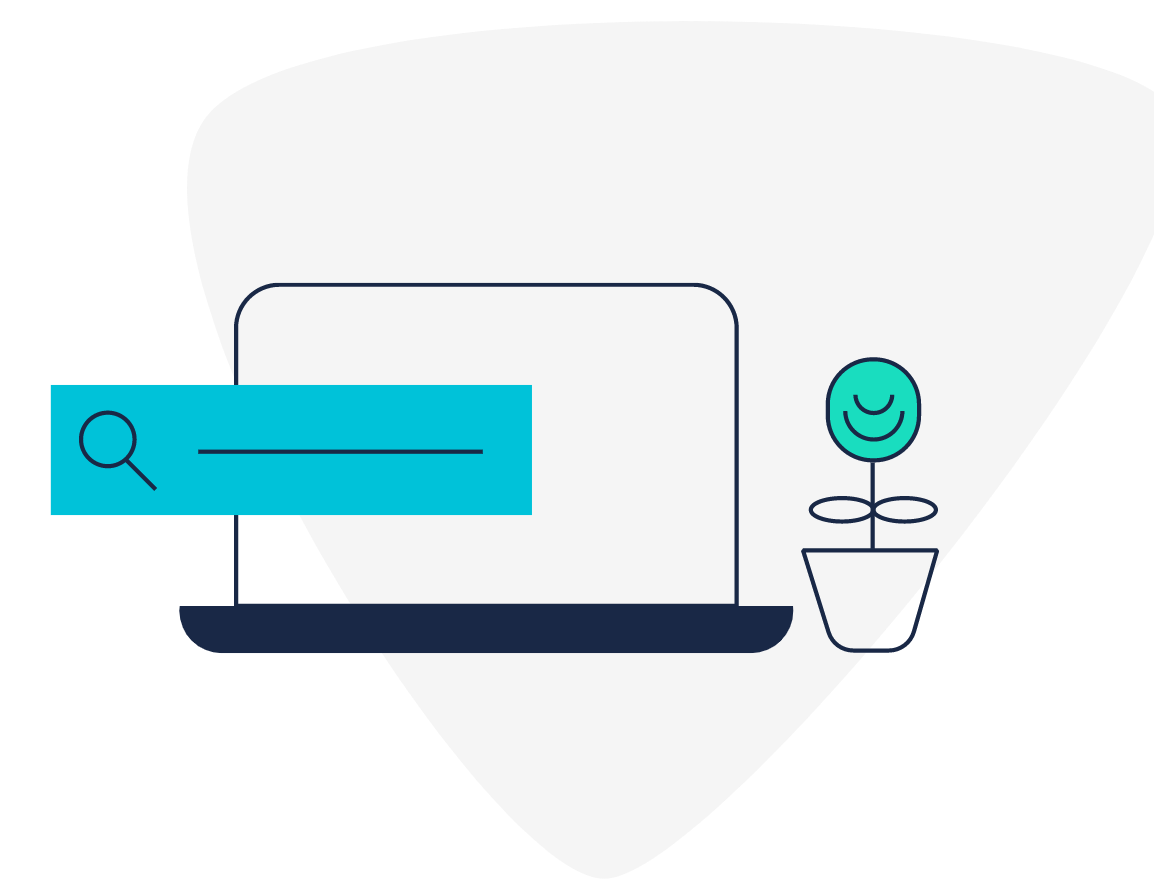What is procure-to-pay? (P2P)
Procure-to-pay is a term that encompasses the processes which take place when a company purchases, receives and pays for goods and services. The activities that make up the procure-to-pay process range from identifying the initial need for procurement of goods or services to the final steps of approving invoices and paying suppliers.
Procure-to-pay is also known as purchase-to-pay and P2P. You can find dedicated procure-to-pay software, but the term is typically used to describe the process rather than any specific technology solution.
Automating all or parts of the procure-to-pay process can result in a range of benefits, from strengthened compliance and control to reduced margin for human error.
The procure-to-pay process
The procure-to-pay process flow (sometimes called the procure-to-pay cycle) encompasses several different activities, including:
Need identification
Identifying the need for specific goods and services, and setting out what budget is available for the proposed purchase.
Sourcing goods
This part of the process may include researching vendors, looking up products, and negotiating prices. As such, companies may source products from an approved catalog or by issuing a request for quotation (RFQ) inviting vendors to outline details of the products or services they can provide and what the cost would be.
Requisition
When a vendor has been selected, the buyer will formalize approval for the purchase by moving into the requisitioning stage. This is done by creating and approving a requisition order, which is an internal document used when a purchase needs to be made. Details included in the requisition order will typically include details of the goods being purchased, as well as the quote provided by the vendor and any delivery instructions.
Issuing purchase orders
A purchase order is a formal document initiated by a buyer during the purchase order process, outlining essential details such as product or service type, price, and quantity. This document serves as an official request and is transmitted to the supplier, providing them with clear instructions regarding the buyer’s procurement requirements.
Receiving orders
This includes receiving goods from the supplier, checking them against the details outlined in the purchase order, identifying any damage that may have occurred during shipment, preparing a receipt, and entering details into the relevant systems.
Receiving supplier invoices
The supplier will provide an invoice outlining the amount the buyer needs to pay and the date by which the invoice needs to be settled. Invoices will need to be reconciled with purchase orders and entered into relevant systems.
Accounts payable
The accounts payable process includes paying supplier invoices within the agreed payment terms and accounting for transactions. As part of this process, the purchasing company will need to check that vendor payment details are up to date, as well as take steps to avoid the risk of accounts payable fraud.
Reporting
After the supplier has been paid, the company may review the process to identify any opportunities for improvement in the future.
Challenges in the procure-to-pay process
As outlined above, the procure-to-pay cycle includes several different steps. Typically, these will involve actions by various people in different departments across the organization, from procurement to finance, who are likely to use a variety of systems. The people involved in procure-to-pay may also have different or even competing priorities and goals.
These factors can give rise to several challenges, from a lack of accurate data across the whole procure-to-pay cycle to the risk that errors may arise because of manual processes. Companies may seek to address these challenges by automating their procure-to-pay processes to increase efficiency, improve visibility, and gain better insights.
Procure-to-pay software
Some vendors offer end-to-end procure-to-pay solutions which aim to automate the full P2P process. Technology can also play a role in streamlining specific elements of the procure-to-pay cycle, from vendor management platforms to systems that automate the creation of requisitions and the issuance of purchase orders.
In addition, companies can use invoice automation solutions to streamline invoice data capture, reduce the risk of errors, and automate accounts payable processes.
Vendors, likewise, can take steps to reduce the risk of error or delay on the invoices they send to their customers by taking advantage of electronic invoicing solutions, which ensure invoices are sent to the right place and in the right format. These include solutions that automatically convert purchase orders into invoices, as well as system-to-system integration for large volumes of invoices.
Early payment solutions
By increasing the efficiency of the procure-to-pay process, companies will be better placed to take advantage of early payment solutions, such as supply chain finance or dynamic discounting. By offering suppliers early payment, companies can strengthen relationships with their suppliers and reduce the risk of disruption within their supply chains. In the case of dynamic discounting, companies can also deploy their own cash to earn a risk-free return.
